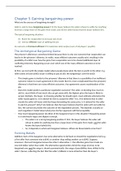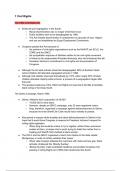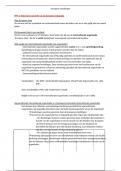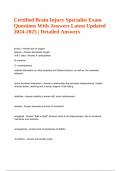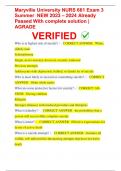Samenvatting
Summary Economics of Markets and Organizations, incl. Games, Strategies, and Managers - John McMiller
- Instelling
- Erasmus Universiteit Rotterdam (EUR)
This includes a summary of all relevant theory for the Economics of Markets and Organizations course. This is an elaborate summary that could be largely used as a substitute for reading the course material. Main book: Games, Strategies, and Managers - John McMiller.
[Meer zien]
